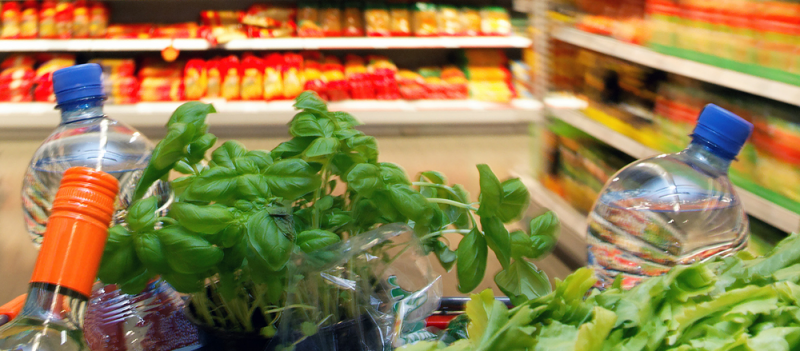Taking Your Client’s On A Grocery Store Tour? Filming A Grocery Store Video? Here’s some tips to get you going!
– Always shop with a list
Plan ahead, take the time to put a list together, invest yourself in that list and you will stick to it. No extras jumping into your grocery cart, no grocery gimmicks out to get you (aisle stoppers, items on special etc.). Just you, your cart and that list!
If it’s not on the list, you don’t buy it. That saves you time, money, and having to throw out impulse buys.
– Stay on the outer perimeter of the store
Shop mostly along the perimeter, where the produce, dairy, and meat aisles are. Avoid the inner aisles such as the frozen or processed food aisles. Stay away from the junk food aisle!
Look for colourful fruits and veggies as much as possible. Eat the rainbow! Look for what’s in season and / or local. It’ll be fresher, cheaper, and tastier.
Be especially cautious around the cash register and ends of the aisles, where there are often eye catching displays of junk. Be aware that grocers stock sale items at the end of the aisles. Sometimes these are good — e.g. cans of tuna — but mostly they’re not.
If you must enter an inner aisle, enter and exit at the same end. There is rarely a reason to wander the entire aisle. Get in, get what you need and gracefully exit.
– Shop about once a week and make it quick, be efficient as possible, try not to impulse buy
The grocery store is going to be made up of deliberate, well thought-out choices that are included on your list. Complete your entire grocery outing in 45 mins or less. Don’t linger.
– Don’t shop hungry
Never fill your cart, unless you’re feeding a big family or stocking up on pumpkins and giant fluffy bunches of kale.
Always be prepared. Never leave home without a little stash of mixed nuts, chopped veggies, and peppers in your bag or car. Should you end up in a situation where you are hungry and the food choices around you are minimal or unhealthy, you are prepared with the foods you have brought with you.
A protein bar or liquid nutrition will also help you avoid any undesirable nutritional situations such as this.
Depending on the level of your clients, checking labels could be useful, especially for “non-foods”, but if they’re sticking to fruits & vegetables, lean proteins, good fats and smart carbs the ingredient list should be short.
Otherwise…
Look for: Whole foods, No more than a few ingredients, Food that is close to what it used to be, Organic if possible, Local if possible, Minimal or no packaging
Avoid: Sugar (look for trick words and phrases), Other sweeteners, Hydrogenated and fractionated oils such as corn or palm oil, Additives, preservatives, and colouring, Any other ingredients you don’t recognize, More than a few ingredients
Trick words: Syrup, corn syrup, brown rice syrup, agave syrup, etc. Words ending in ose, sucrose, glucose, fructose, etc. Words starting with malto, maltodextrin, maltitol, etc. Made with / contains real fruit. Fortified with.
Ignore what the front of the package says. Look at the back of the package. Remember, if a packaged food claims to be “healthy”, it probably isn’t. Organic sugar is still sugar.



